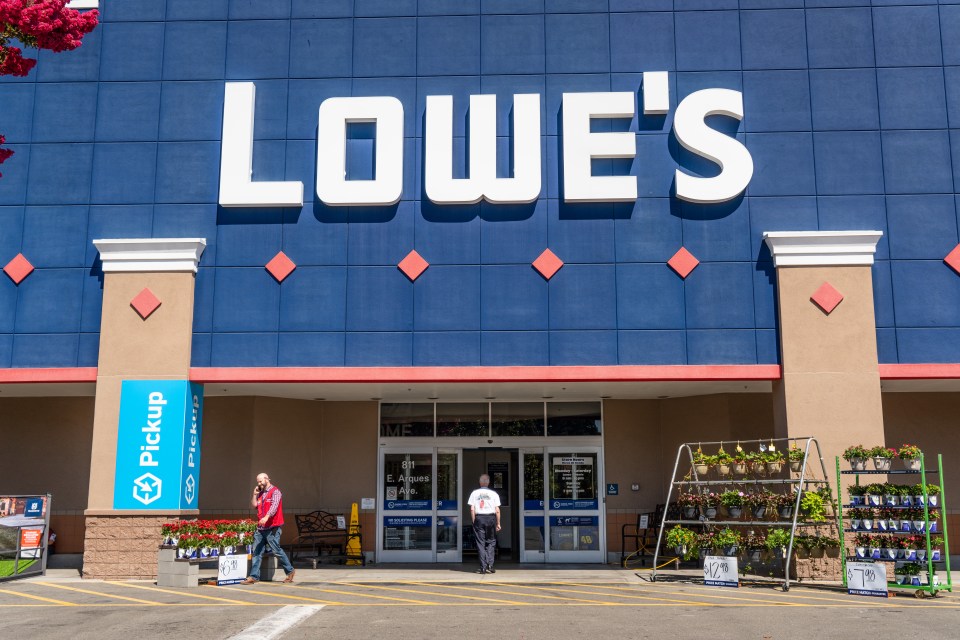Future Projections of Social Security Benefits: What Retirees Can Expect
As Social Security remains a vital source of income for millions of Americans, retirees must stay informed about changes to their benefits. Currently, nearly 97% of adults aged 60 to 89 either receive or will receive these benefits, according to the Social Security Administration (SSA). While the maximum possible monthly benefit in 2024 is $4,873, only those with high lifetime earnings can qualify for such amounts. The average retiree receives a more modest monthly payment of $1,907.
The steady increase in Social Security benefits over the years is attributed to two main factors: wage growth and inflation adjustments. For example, the average Social Security benefit in 2000 was $815.62, but by 2024, it has more than doubled. This reflects an average annual increase of 3.6%, a trend that has significantly impacted the financial outlook of retirees.
The SSA calculates a retiree’s benefits based on the 35 years of their highest earnings. As wages increase over time, so do the benefits. In addition, Social Security payments are adjusted for inflation through the cost-of-living adjustments (COLAs). These adjustments are essential for maintaining the purchasing power of benefits in the face of rising costs. Without COLAs, the value of Social Security benefits would diminish over time. To learn more about the factors driving Social Security benefits, visit La Grada Online.
Projections suggest that by 2030, the average monthly Social Security benefit could rise by approximately 28%, reaching around $2,363, assuming the historical 3.6% annual increase continues. However, this is just an estimate, and actual future benefits will depend on wage growth, inflation, and economic factors.
Despite these projected increases, retirees must recognize that rising living costs may offset the higher payments. Social Security may not be sufficient for long-term financial security, and experts advise retirees to plan for additional income streams. Without the program, nearly 40% of adults aged 65 and older would live below the poverty line, demonstrating its critical role in lifting older adults out of poverty.
Read More News:
- California Deputy Joins Florida Law Enforcement, Praised in Attorney General’s Tribute Series
- Social Media Backs Sheriff Mike Chitwood’s Public Shaming Strategy
Looking ahead, potential policy changes, such as increasing the retirement age, raising payroll taxes, or reducing benefits for high-income individuals, may be necessary to maintain Social Security’s sustainability. Therefore, it’s crucial for retirees to explore other savings options like 401(k) plans, IRAs, or investments to secure their financial future.











